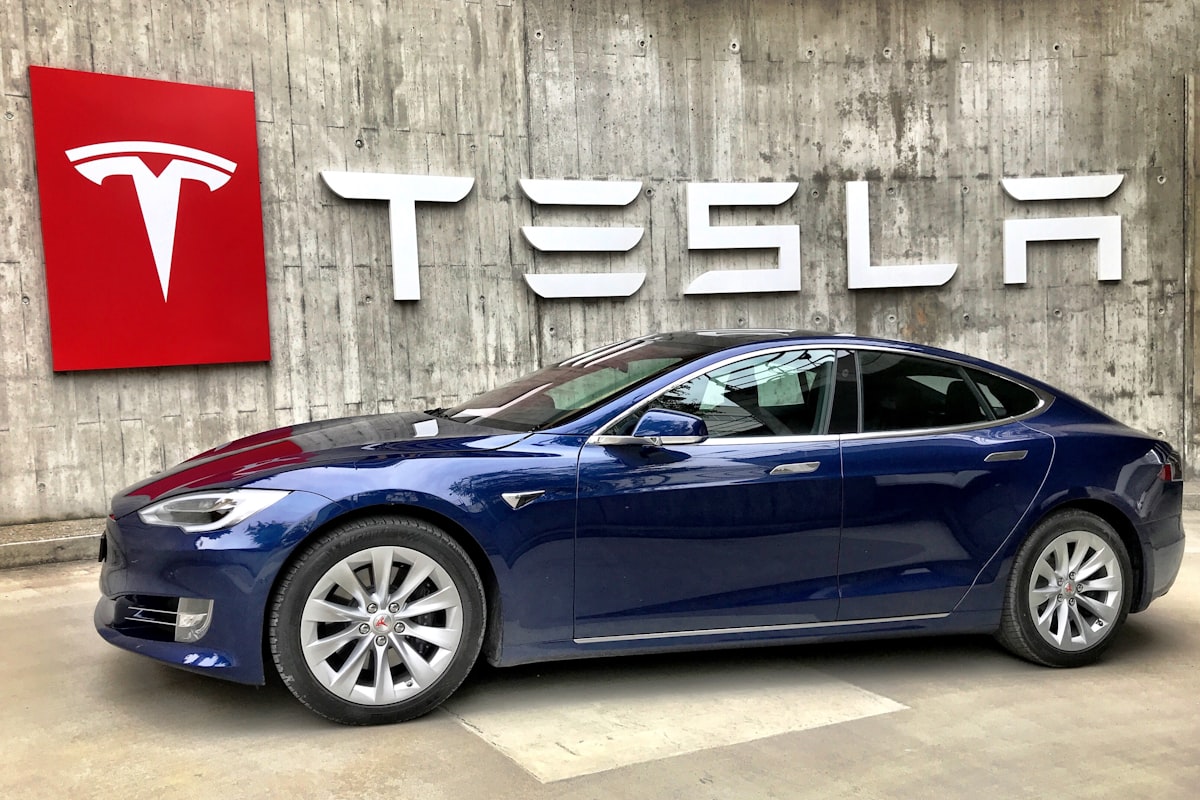Upgrading your home EV charger: What you need to know
Electric vehicles (EVs) are becoming increasingly popular. With that, the demand for efficient home EV chargers is also rising. Upgrading your home EV charger can offer you faster charging times and added convenience. Here’s what you need to know about making this upgrade.
Types of EV Chargers
There are primarily two types of home EV chargers: Level 1 and Level 2. Level 1 chargers use a standard 120-volt outlet. They provide slow charging rates, which might not be suitable for everyone. Level 2 chargers, on the other hand, use a 240-volt outlet. These can charge your EV much faster, commonly offering 10 to 20 miles of range per hour of charging.

Assessing Your Needs
Before upgrading, consider your driving habits. If you drive long distances daily, a Level 2 charger is more suitable. For those with shorter commutes, a Level 1 charger might be sufficient. Knowing how often you need to charge your vehicle will guide you in making the right choice.
Electrical Requirements
Upgrading to a Level 2 charger will require a 240-volt outlet. You might need to install a dedicated circuit, which involves electrical work. Hire a licensed electrician to ensure the installation complies with local building codes and safety standards. Another consideration is the amperage of the charger. Level 2 chargers typically require at least a 30-amp circuit, but some models may need up to 60 amps.
Installation Costs
The cost of upgrading your home EV charger can vary. The charger itself can range from $300 to $700. Installation costs can be between $200 and $1,500, depending on the complexity of the work. Be sure to get multiple quotes from electricians to compare prices. Some utilities and government programs also offer rebates or incentives for installing home EV chargers. Check local programs to potentially reduce your out-of-pocket costs.
Choosing the Right Charger
Look for chargers that are compatible with your specific EV model. Universal chargers are available, but it’s best to check with your car manufacturer for recommendations. Consider the charger’s power output. Higher output chargers will reduce charging time but may be more expensive. Smart chargers offer additional features like scheduling, monitoring, and energy usage reporting. These features can help optimize your charging habits and potentially save on electricity costs.
Safety Features
Safety should be a top priority when upgrading your home EV charger. Look for chargers with built-in safety features such as:
- Overcurrent Protection
- Ground Fault Protection
- Temperature Monitoring
- Automatic Shutoff
These features can prevent potential hazards and ensure safe operation of your charger.
Location Considerations
Decide where to install the charger. Common locations include garages and driveways. Make sure the charger location is easily accessible and close to where you park your EV. Outdoor installations should have weatherproof enclosures to protect the charger from the elements. Consider cable management solutions to keep charging cables organized and prevent tripping hazards.
Permitting and Inspection
Certain regions require permits for electrical upgrades. Check with your local authority to see if a permit is needed. Permits ensure the installation meets safety standards. After installation, an inspection may be required to verify the work was done correctly. Failure to obtain the necessary permits and inspections can result in fines or issues with home insurance.
Maximizing Efficiency
To maximize charging efficiency, charge your EV during off-peak hours when electricity rates are lower. Many chargers come with scheduling features that can help you take advantage of these rates. Additionally, keep your EV’s battery level within an optimal range (usually between 20% and 80%) to prolong battery life. Routine maintenance of your EV and the charging system will also ensure long-term efficiency and reliability.
Monitoring and Maintenance
Regularly check the charger and the electrical connections for wear or damage. Smart chargers often come with apps or interfaces that allow you to monitor your charging activity and receive alerts for any issues. Scheduling regular maintenance checks with an electrician can help prevent potential problems and ensure everything operates smoothly.
Future-Proofing
Consider future-proofing your installation by opting for a charger with higher power output and additional features. This can accommodate future EV models with larger batteries or higher charging capacities. Keeping an eye on advancements in charger technology can help you make informed decisions when upgrades or replacements are needed.

Environmental Benefits
Upgrading to a more efficient EV charger can further reduce your carbon footprint. Faster and smarter charging means less reliance on fossil fuels. Additionally, if you have a home solar power system, pairing it with your EV charger can maximize renewable energy usage and reduce energy costs.
Incentives and Rebates
Many local governments and utility companies offer incentives and rebates for upgrading home EV chargers. These can significantly offset the initial costs of the charger and installation. Check with your utility provider and local government websites for available programs and application procedures.
Insurance Considerations
Inform your home insurance provider about the installation of the EV charger. Some insurers may offer lower rates for homes equipped with EV chargers due to perceived environmental responsibility. Ensure that the installation is documented and meets all safety standards to avoid potential issues with claims.
“`
Recommended EV Accessories
NOCO GENIUS10 Smart Charger – $79.95
Advanced battery maintainer and charger.
EV Charging Station Guide
Navigate the EV charging landscape.
As an Amazon Associate, we earn from qualifying purchases.



Subscribe for Updates
Get the latest articles delivered to your inbox.
We respect your privacy. Unsubscribe anytime.